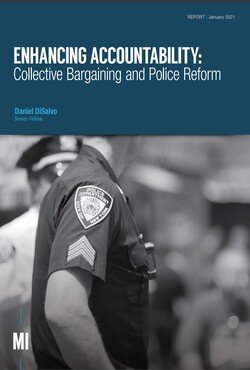By Rachel Harmon
Coercive policing is conducted mostly by means of commanding officers usually cannot use force unless they have first issued an order. Yet, despite widespread concern about force and coercion in policing, commands are both underregulated and misunderstood. Officers have no clear legal authority to give many common commands, almost no departmental guidance about how or when to issue them, and almost no legal scrutiny for many commands they give. Scholars rarely study commands, and when they do, they get them wrong. As a result of vague law and inadequate analysis, basic questions about police commands—what role they play, where officers get authority to issue them, and how law regulates them—remain unanswered. Instead, officers interact with the public in a legal gray zone, a recipe for illegitimacy and conflict. This Article offers initial answers to these questions. First, it explains the constitutivecommands play in policing: Long-standing law dictates that officers usually cannot compel people, including by stop or arrest, without issuing commands that impose new legal duties. Second, it contends that although statutes sometimes authorize specific commands, officers’ authority to issue many orders comes from—and is limited by—officers’ authority to stop, search, and arrest suspects. Third, the Article argues that the legal functions commands serve—namely, generating and communicating legal duties—dictate that lawful orders must satisfy three constraints: They must be authorized by state law; they must obey constitutional limits; and they must provide adequate notice and opportunity for individuals to comply. These constraints are embedded in the law, but few avenues exist for challenging commands. Courts have therefore not defined or enforced limits on command authority well, except when commands violate constitutional rights. Courts can easily do better, and legislative and departmental action could clarify, extend, and enforce appropriate limits on police authority.
Rachel Harmon, Law and Orders, 123 Colum. L. Rev. 1 (2023).





















